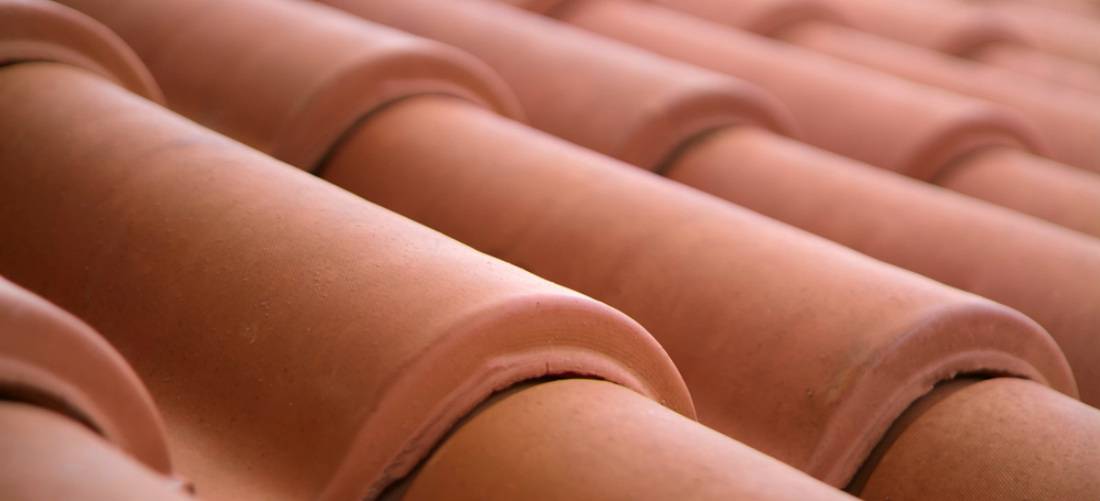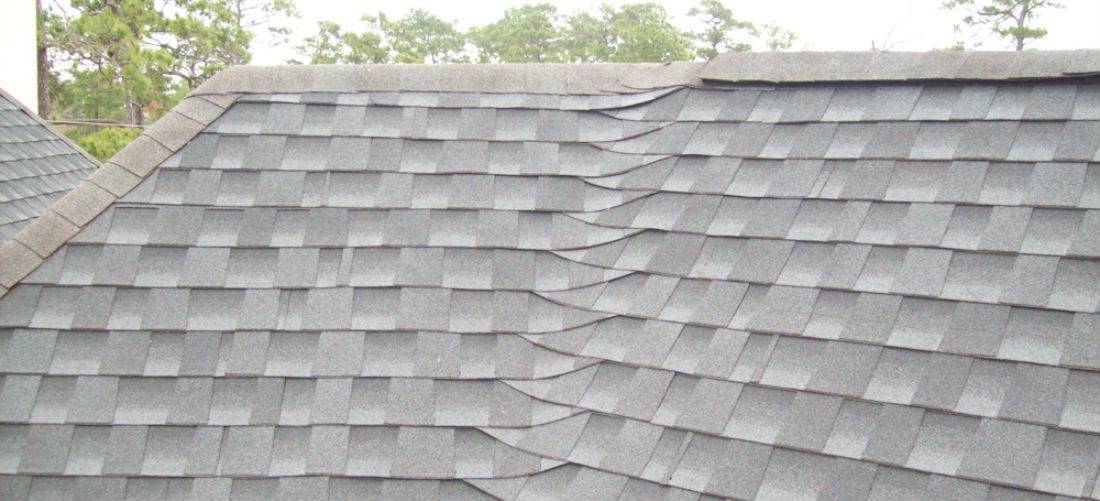Find out the advantages, disadvantages and costs of traditional tile roofing vs. composite roofing.
The type of residential roofing material used on your home can determine the level of protection provided against rain and snow and play a large part in the overall look of your home. A comparison of traditional tile roofing vs. composite roofing can help you to choose a roofing type that's right for you based on everything from roofing prices to the installation speed.

Traditional tile roofing
Traditional clay or concrete roofing tiles are durable and long-lasting, requiring little maintenance to continue providing protection to your roof decking.
The tiles are fireproof and can be molded into a variety of shapes to create different architectural styles or mimic the look of shingles such as slate or wood shake.
Traditional tiles can also be made with reflective additives that improve energy efficiency by reflecting the sun's rays from the home to cool the interior. The space between the tiles and the roof decking also improves the insulative value of the tiles.
There are a few negatives to installing a traditional tile roof. Roof tiles are heavy, requiring that the roof decking and the structural supports be designed to support the weight of the tiles. The materials used can be expensive as well, especially if you choose a clay tiled roof. Tiles can be fragile, which means that you need a professional roofer to install or repair tiled roofs.
The roofing cost prior to installation for a clay tile roof could run $500 or higher per square foot. You can use QualitySmith to find installers who can provide you with a roofing estimate on cost and lay the tiles.

Composite roofing
Composite roofing uses tiles made primarily from plastic, rubber or fiber cement. Composite roof tiles are lighter than traditional tiles and are more environmentally friendly in that they can be constructed of recycled materials and can be recycled themselves when they are no longer needed. Due to the reduction in weight, no special engineering is needed for the roof decking or roof structure to support them.
Little maintenance is necessary for composite tiles. Typical roof repair involves searching for missing or damaged tiles and replacing them. Composite tiles are less prone to breakage than the traditional clay or concrete tiles, but they still require a professional roofer for installation if only to preserve any roofing warranty that may exist on the material. Installation is faster with composite roofing tiles.
Composite tiles are also better suited for a wide range of weather conditions, as most styles do not go through the expansion and contraction cycle that can leave traditional tiles brittle. The roofing cost for rubber composite tiles before installation can be as high as $400 per square.
A comparison that pits traditional tile roofing vs. composite roofing can reveal a number of differences between the two roofing types. While this should make it easier to make a choice between the two based on your particular needs, both materials will protect your home and increase its resale value.













Write a Comment